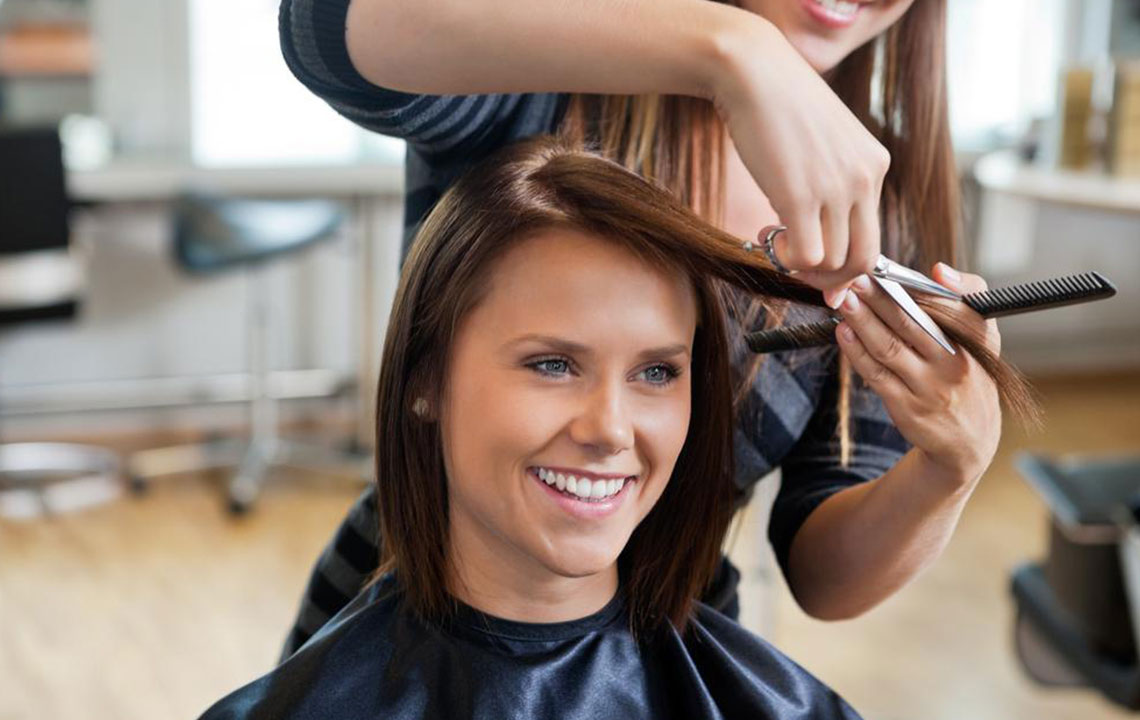Know about Effective Ways to Treat Thinning Hair

Hair thinning, hair loss, which is also known as alopecia is often a concern for men, women, and even children. Our hair is made up of a protein called Keratin that is produced in the outer layer of skin in the hair follicles. The follicles keep producing new hair cells and the old ones keep pushing out. These hair follicles have a lifespan or a cycle and the cycle keeps going on. There are several factors that can cause hair thinning or hair loss like hormones. In such a case, there is an imbalance of androgens and it is present in both men and women. Genes are also a major factor when it comes to hair loss or thinning and both males and females can be affected by the genes. A lot of studies have shown that stress is one of the major causes of hair loss. With the kind of lifestyle we have nowadays, stress cannot be avoided at all and people are bound to undergo stressful situations. A lot of infections such as ringworm is one of the causes of hair thinning. Cosmetic procedures can also cause a great amount of damage to our hair, such as using shampoo too often, dying hair, perms, bleaching, and using too many tools to set the hair. All these things make the hair really weak hence resulting in hair thinning.
A lot also depends on our medical conditions and food habits as well. A lot of medical conditions such as thyroid, eating disorders, diabetes, and iron deficiency can make the hair really thin and weak. A diet which is low in protein will make your hair thin, dull, and weak; therefore, it’s important to see and keep a check on our food habits. Even consuming any kind of drugs or smoking can cause excessive hair fall.
Given below are some of the ways which can be used as thinning hair treatments:
- Eating habits : A lot of our health, skin, and hair depend on what we eat in a day and how healthy is our diet. Hair really thrives upon, iron, proteins, vitamins, zinc, etc. All these things are required for the health of your hair; it’s always good to consume leafy green vegetables as this is one of the best ways of thinning hair treatments.
- Consuming fish: It’s been said by a lot of doctors and specialists that consuming fish can do wonders to our hair and also skin. If you are someone who is comfortable with including fish in their meals then you definitely must. Fish is rich in a lot of different vitamins and minerals and is a great food and a thinning hair treatment option.
- Hair massage: Hair massage is a crucial step and should be included in your hair care routine as a thinning hair treatment option. Massaging the hair on a regular basis will help increase the blood flow, which in turn will make the hair strong.
- Reduce the use of hair styling products: Hair styling products really damage the hair and make them extremely weak. They also cause a lot of breakages, and it’s very important to reduce the use of hair styling tools.
- Minoxidil: Minoxidil is a very highly used product that helps to regrow stronger and healthier hair, and is one of the best thinning hair treatments you can try. It basically helps in enhancing the size of the follicle and even makes them stronger. You can consult a hair expert or a doctor if you suffer from a lot of hair fall.
- Aloe vera: Aloe vera is a miracle plant that helps to heal many issues related to hair, skin, and body in a very natural ways. Aloe vera is extremely beneficial as a thinning hair treatment option and helps cure dullness, dryness, and also reduce hair loss to a great extent. It’s always good to take some aloe vera and massage your hair with it before you go to wash your hair.
- Treat dandruff: Dandruff greatly affects the way our hair looks, it makes them really weak, and there is also a lot of hair loss that happens because of dandruff. Consult a doctor and get your dandruff problem treated.
- Eggs: Eggs being very rich in protein and sulfur greatly helps in making them strong and even thicker. Using an egg mask weekly can really change the way your hair looks and will definitely help in reducing hair thinning.
- Multivitamins: Hair thinning is often caused by the lack of vitamins and minerals in the body. It’s always good to have some multivitamin tablets, you can consult a doctor to know what kind of medicines you can take and if there any specific vitamin deficiencies.
- Quit smoking: Smoking is very injurious to health and effects a lot in the way our hair looks. A lot of smokers have a lot of hair fall issues. Reduce and quit smoking, it might just be the reason for hair thinning.


